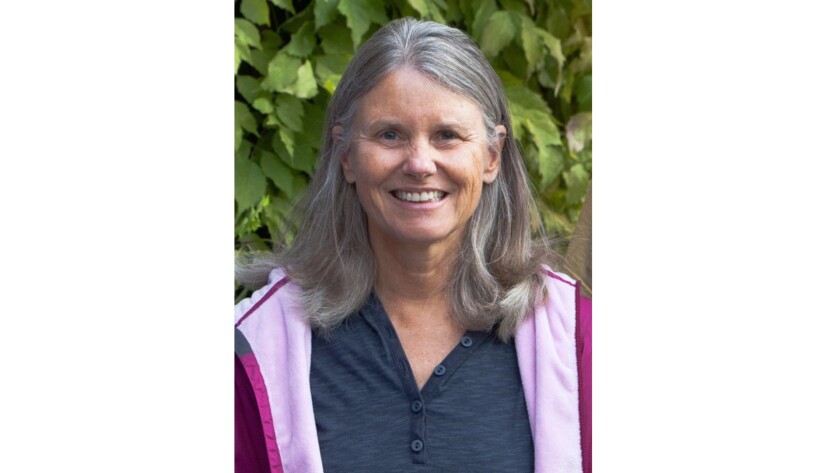The Biden administration’s Oct. 20 announcement that it is beginning the mineral withdrawal process on federal lands in the watershed of the Boundary Waters Canoe Area Wilderness was great news for Minnesota and the nation. The official notice of the withdrawal noted that, "The BWCAW is a complex and interconnected ecosystem and offers recreational opportunities and other uses such that it is considered an irreplaceable national treasure. It provides opportunities for true solitude, outstanding primitive recreation in an unconfined and undeveloped natural setting, and a connection with untrammeled nature. Water, especially water quality, is a focal point for this wilderness."
The administration's recognition of the special nature of the Boundary Waters echoed the sentiments of a vast majority of Minnesotans, who, by a 2-to-1 margin, want to see the wilderness protected from the threat of sulfide-ore copper mining in its watershed.
The industry’s response to the proposed withdrawal was predictable, tired, and wrong (Local View: “ Minnesota mining projects are needed to meet global demands ,” Nov. 11).
The claim that only a specific mine plan should be studied in a regulatory process ignores federal law that plainly establishes a more important process — that is, a process to determine whether any mine at all, no matter its plan of operations, should be allowed on unique, fragile, highly valued public lands. The question is not whether a specific mine plan is clean enough; the question is whether the land and waters targeted by the sulfide-ore mining industry should be subjected to the destruction and disruption that are integral parts of sulfide-ore mining.
The endless mantra that sulfide-ore mines will provide jobs is an attempt to mask the negative long-term economic impact if such mining is allowed to occur next to the Boundary Waters. The vast majority of the jobs would be temporary construction work lasting a year or two and filled by workers from far-flung places, not local communities. But the destruction of thousands of acres of land for mine infrastructure would be permanent, and it would definitely be local. That destruction and sulfide-ore mining’s water pollution may result in irreversible harm to the Boundary Waters watershed ecosystem.
ADVERTISEMENT
The current sustainable outdoors-oriented economy of Northeastern Minnesota would be devastated. The only peer-reviewed study of the economic impact of copper mining in the region was conducted by economists at Harvard University and concluded that over a period of 20 years both jobs and income in the Boundary Waters region would be higher if mining does not occur.
The cherry on top of the industry’s misleading statements about sulfide-ore mining in Northeastern Minnesota is the claim that it is essential for the United States to produce domestically minerals used in the green economy. Copper mined in Northeastern Minnesota would almost certainly be sent to China for smelting and then sold on the world market; that’s what happens with copper mined in other places by Antofagasta, the Chilean company that is the primary driver of proposed mining near the Boundary Waters.
Further, mines in the Boundary Waters region would produce only a small fraction of the nickel and cobalt that the U.S. uses. The U.S. currently obtains those metals from a variety of countries, most of which are close and long-time allies, such as Australia, Canada, Finland, Japan, and Norway. Canada has 28 times the nickel reserves of the U.S.; the grade of the average Canadian deposit is more than double that of U.S. deposits. At most, the mine that Antofagasta proposes might produce 1.5% of the amount of cobalt that the U.S. uses at 2019 levels — and as demand for cobalt increases, that percentage would likely decline. Thus, even if the mine was allowed, the U.S. would still need to import more than 98% of its cobalt.
Metals traded on the world market — including those mined by Antofagasta — are fungible. The Boundary Waters Canoe Area Wilderness is not. It is unique and priceless. Minnesotans know that.
Becky Rom of Ely is the national chair of the nonprofit Campaign to Save the Boundary Waters (savetheboundarywaters.org).









